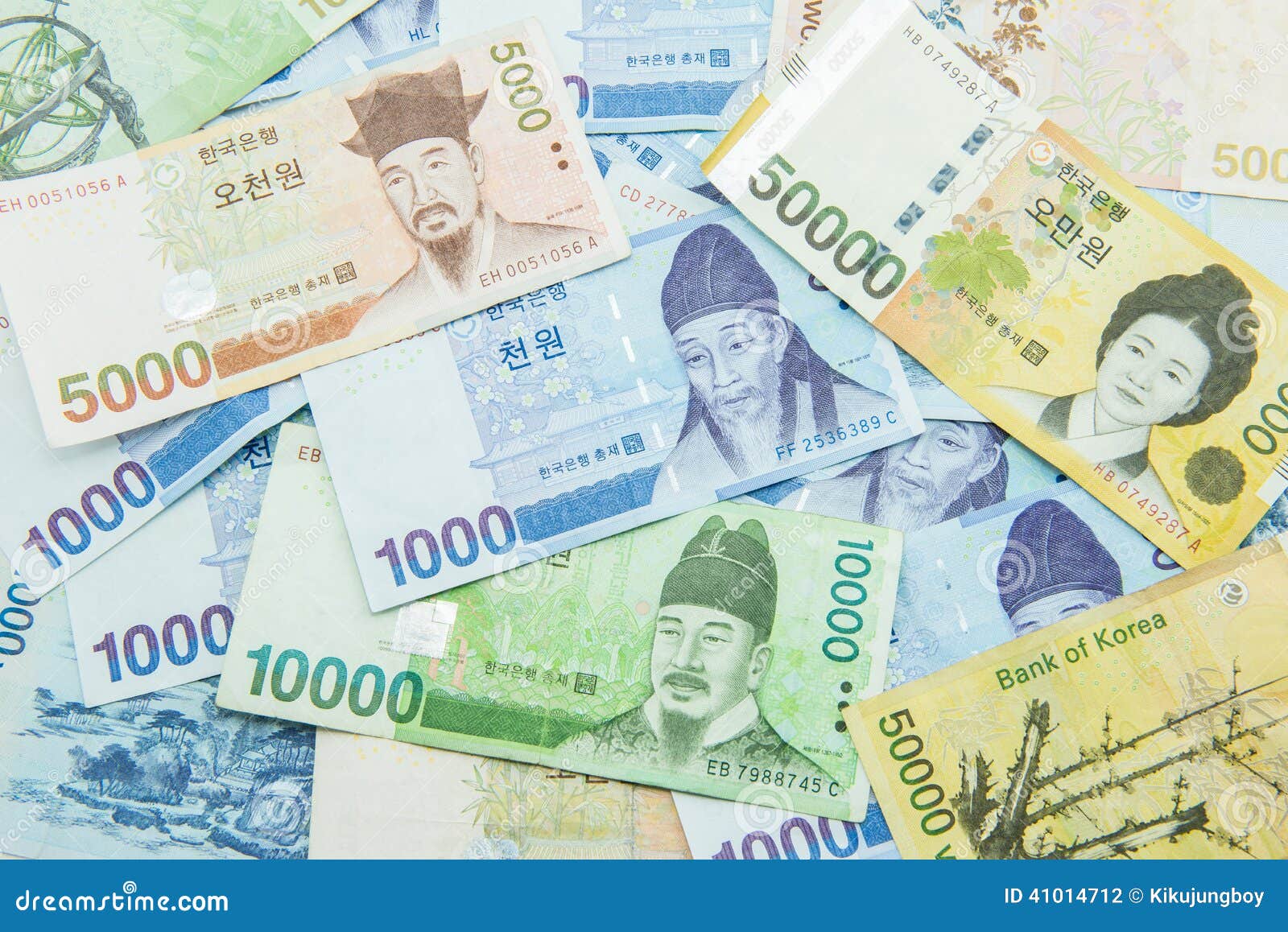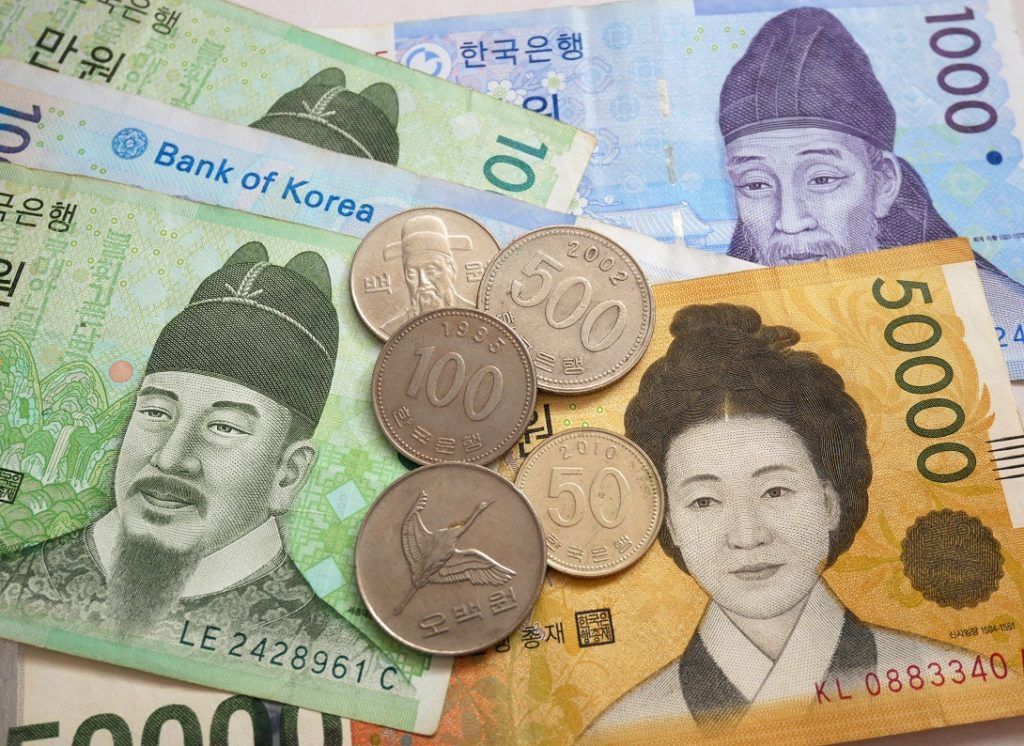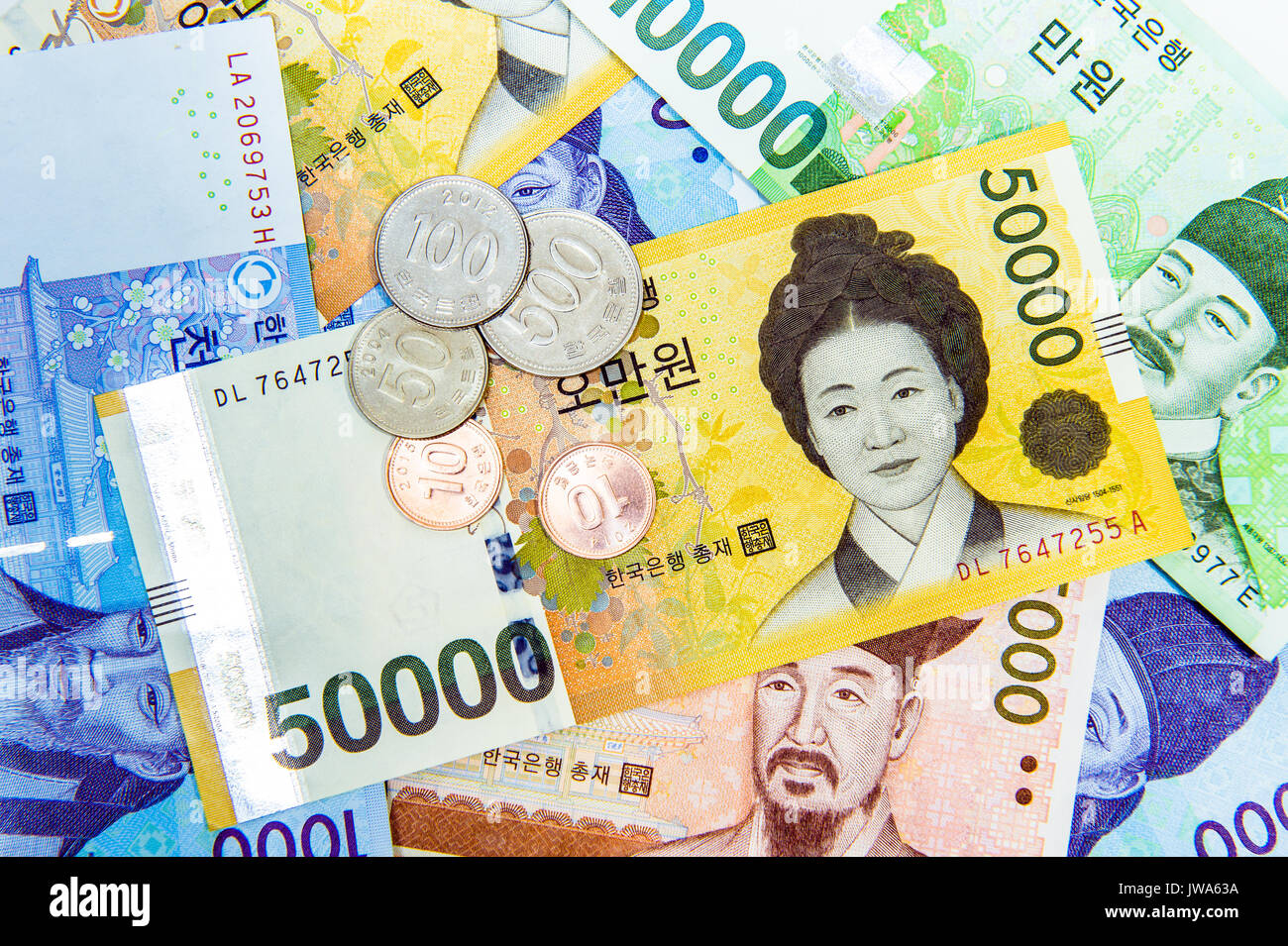Who Won Dancing With The Stars 2024 - A Look At Monetary 'Won'
Table of Contents:
- What Does 'Won' Really Mean in the World of Money, Perhaps Like Who Won Dancing with the Stars 2024?
- The Beginnings of a Currency - A Different Kind of 'Won' Story
- How Does the South Korean 'Won' Work Today, Unlike Who Won Dancing with the Stars 2024?
- Who Guides the 'Won' - The Bank of Korea's Important Part
- Can We Track the 'Won's' Value - A Look at Its Journey?
- Getting to Know the 'Won' - More Than Just Numbers
- Why Does the 'Won's' Value Change, a Different Kind of Fluctuation Than Who Won Dancing with the Stars 2024?
- The 'Won's' Place on the World Stage
So, everyone's been talking about who took home the big prize, right? People are buzzing about who won Dancing with the Stars 2024, wondering about the glitter, the moves, and that moment of pure triumph. It’s a very exciting time for fans, truly, to see someone achieve that kind of victory. But, you know, when we think about what it means to "win," there's more to it than just trophies and applause, isn't there?
That word, "won," actually has a few different meanings, and it's kind of interesting to think about them. Beyond the dance floor, there are other kinds of victories, other things that are "won" in different parts of the world. Sometimes, that word refers to something entirely different, something that shapes daily life for millions, something with a history all its own. It’s almost like a quiet, steady kind of win that plays out every single day.
We’re going to explore a bit about what "won" can mean in a very different context, far from the dance floor. We'll look at a specific type of "won" that’s a monetary unit, a form of currency, and see how its own journey could be seen as a kind of ongoing success story. It’s a fascinating tale, in a way, about how money comes into being and how it keeps things moving for a whole nation, a different kind of "who won Dancing with the Stars 2024" story, if you will.
What Does 'Won' Really Mean in the World of Money, Perhaps Like Who Won Dancing with the Stars 2024?
So, when we talk about something being "won," like the big prize on a dance show, it often brings up thoughts of victory and achievement, right? That feeling of having succeeded, of reaching a goal. But, you know, the word "won" actually has another meaning entirely, especially when we consider the history of money in certain parts of the world. It’s kind of fascinating, really, how a single word can have such different uses. This other "won" is a name given to a form of money, a currency, and its story is pretty interesting, too. It’s a story about division and new beginnings, a bit different from the kind of win you might see on a stage.
You see, after a very big global event, World War II, came to an end in 1945, a country called Korea found itself split into two distinct areas. This division, as a matter of fact, brought about some big changes for the people living there, including how they handled their money. It meant that there were, in essence, two different forms of currency circulating, and both of these separate monetary units were given the very same name: "Won." So, you had a "Won" for the southern part and a "Won" for the northern part, each serving its own region. It's almost like two different teams, each with their own score, both called "won" in a way.
- Movies With Tika Sumpter
- Gemini Dates
- Jonas Brothers Songs
- Macaulay Culkin And Brenda Song
- Shane West Movies And Tv Shows
These new "Won" currencies, both the one in the southern region and the one in the northern region, didn't just appear out of nowhere, you know? They actually stepped in to take the place of older forms of money that had been used before. It was a clear shift, a kind of monetary changing of the guard, if you will. This move was pretty significant, as it marked a fresh start for how financial dealings would be handled in both areas. It shows, in some respects, how important currency is to a society, how it helps things run day to day. It’s a quiet kind of victory for stability, perhaps, a different sort of "who won Dancing with the Stars 2024" moment.
The Beginnings of a Currency - A Different Kind of 'Won' Story
When we look at the South Korean currency, which is called the South Korean Won, or KRW for short, we find that it has a long and rather interesting past. It's not something that just popped up recently, you know? Its roots stretch back for many, many hundreds of years, all the way to a time known as the Joseon Dynasty. That's a really long stretch of time, truly, showing how deeply connected this money is to the country's identity. It's a bit like tracing the history of a famous dance style, seeing how it developed over generations, a slow but steady kind of "won" that built up over time.
The name "Won" itself is used for the money in both South Korea and North Korea, which is an interesting detail given their separate paths. It points to a shared heritage, even if their current financial systems are quite different. This common naming convention, as a matter of fact, gives us a little glimpse into the broader story of the Korean Peninsula. It’s a reminder that even with division, some threads of connection remain, perhaps like two dancers from the same school, each going on to their own stage, but still sharing a common background.
Over the years, the South Korean Won has gone through quite a few changes, too. It’s had what you might call "reforms," which are basically updates and adjustments to make it work better. These changes have led it to become the form we see today, a reliable and recognized currency around the world. It’s a continuous process of refinement, you know, much like a dance routine that gets polished and perfected over many rehearsals. This ongoing evolution is, in a way, a quiet triumph for the currency, a victory for its usefulness and stability, a different kind of "who won Dancing with the Stars 2024" accomplishment.
How Does the South Korean 'Won' Work Today, Unlike Who Won Dancing with the Stars 2024?
So, the South Korean currency, the 'Won', has its own special symbol, you know? It's represented by this neat little sign: "₩." This symbol is something you'll see everywhere when you're dealing with money in South Korea, from price tags to exchange rates. It's instantly recognizable, kind of like a signature move from a star dancer, something that tells you exactly what you're looking at. This distinct symbol helps people identify the currency quickly and easily, which is pretty important for everyday transactions, honestly.
The South Korean Won, also known by its currency code KRW, is the official money of the country. This means it’s the legal tender, the accepted form of payment for just about everything. When you go to buy something, or pay for a service, this is the money you use. It’s the standard, the one everyone relies on. It’s a bit like having a set of rules for a dance competition; everyone agrees on what the official currency is, making everything run smoothly, a different sort of shared success than knowing "who won Dancing with the Stars 2024."
This currency, the 'Won', isn't just a collection of notes and coins floating around, you know? It plays a very big part in the daily life of people and businesses in South Korea. It's what allows for trade, for buying and selling, for paying wages, and for saving up. It's the grease that keeps the economic wheels turning, so to speak. Without it, daily transactions would be pretty difficult, to say the least. It’s a fundamental piece of how society works, a quiet but very real force.
Who Guides the 'Won' - The Bank of Korea's Important Part
When it comes to the South Korean Won, there's a very specific institution that looks after it, you know? This is the Bank of Korea. They have a truly important job, a unique responsibility, in fact. They are the ones with the sole say-so, the exclusive authority, to create and put out all the banknotes and coins for South Korea. Think of them as the official choreographers of the currency, ensuring every note and coin is exactly right and enters circulation properly. It’s a huge task, honestly, keeping track of all that money.
This means that no other organization or group can print money or mint coins for South Korea. It's all handled by the Bank of Korea. This centralized control is pretty important for keeping the currency stable and trustworthy. It helps prevent problems like fake money or too much money being printed, which could cause big issues for the economy. It’s a bit like having one director for a big show, making sure everyone is on the same page and everything runs smoothly, a very controlled kind of win, unlike the spontaneous joy of "who won Dancing with the Stars 2024."
Their work goes beyond just printing money, too. The Bank of Korea is responsible for managing the country's money supply and keeping an eye on prices. They make decisions that influence how much money is available and how much things cost, which affects everyone. It’s a continuous balancing act, you know, making sure the economy stays healthy and stable. This role is absolutely central to the financial well-being of the nation, a silent but very powerful hand in the country's financial dance.
Can We Track the 'Won's' Value - A Look at Its Journey?
For those who need to switch between different types of money, like going from South Korean Won (KRW) to United States Dollars (USD), there are tools available, you know? You can find what's called a currency converter. These converters are pretty handy because they let you see the very latest exchange rates. It’s like having a real-time scoreboard for how much one currency is worth compared to another. This is super useful for travelers, businesses, or anyone dealing with international payments, truly.
These converters often come with extra features, too. For instance, they can show you a chart that displays the exchange rate history for a certain period, like the last little while. This means you can see how the value of the Won has changed against the Dollar over time. It’s a bit like looking at a dancer’s progress over a season, seeing their ups and downs. This historical view can help people understand trends and make more informed decisions about when to exchange money, a very practical kind of insight.
You can also use these tools to keep an eye on live rates, which means you get updates as they happen. And some services even let you set up free rate alerts, which is pretty neat, actually. This means if the exchange rate reaches a certain point you're interested in, you get an email directly. It’s like having a personal assistant for currency watching, ensuring you don’t miss a beat. This kind of tracking is a quiet win for anyone dealing with different currencies, a different sort of victory than knowing "who won Dancing with the Stars 2024."
Getting to Know the 'Won' - More Than Just Numbers
To truly get a handle on what the Korean Won is all about, it involves looking at a few different things, you know? It's not just about the numbers on the bills or coins. It means exploring its history, understanding how it actually works in practice, and seeing what part it plays in the bigger picture of money around the world. It’s like getting to know a performer; you look at their background, their technique, and their impact on the stage. This deeper look gives you a much fuller picture.
The functionality of the Won, for example, refers to how it’s used day to day. How do people pay for things? How do businesses operate with it? What are the common denominations? These practical aspects are what make it a living, breathing part of the economy. It’s the rhythm of daily transactions, you could say, the steady beat that keeps things moving for millions of people. Understanding this practical side is pretty important, honestly, to grasp its real significance.
And then there’s its role in international finance. The Korean Won isn't just used within South Korea; it's also traded on global markets. Its value against other major currencies, like the US Dollar, is constantly being watched and exchanged. This connection to the wider world of money means that what happens in other countries can affect the Won, and vice versa. It’s a complex interplay, a bit like a global dance where everyone’s moves influence each other, a very interconnected kind of win for the global economy, unlike the isolated triumph of "who won Dancing with the Stars 2024."
Why Does the 'Won's' Value Change, a Different Kind of Fluctuation Than Who Won Dancing with the Stars 2024?
The value of any currency, including the South Korean Won, doesn't just stay the same all the time, you know? It moves up and down, it fluctuates. There are many things that can cause these changes, and understanding them helps make sense of why the Won might be stronger or weaker at different times. It’s a bit like how a

South Korean Won Currency. Stock Photography | CartoonDealer.com #67524710

South Korean Won (KRW) - Overview, History

South Korean Won Currency Stock Photo: 153273662 - Alamy